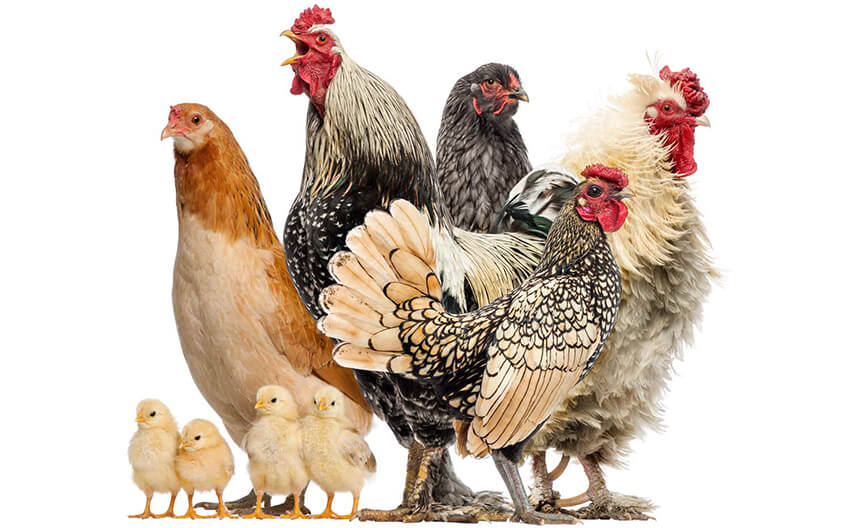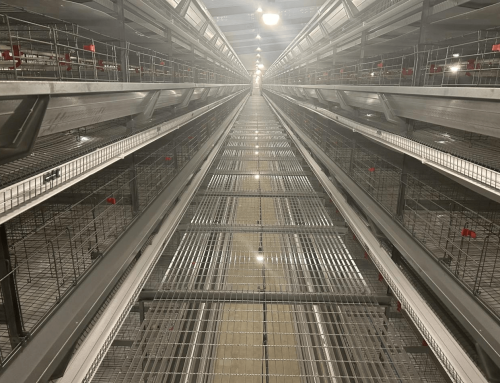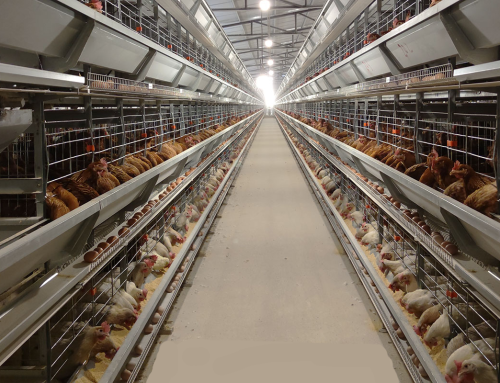Choose the Best Chicken Type for Your Poultry Business – Chicken Buying Tips
When it comes to prefer your chickens, there are more types than you can shake an eggbeater at. One of the best of this step is learning some of the type names: Silkie, Showgirl, Silver-Laced Wyandotte, Rosecomb, Redcap, and Russian Orloff, to name a few.
Things that you’ll have to consider include housing space and baby chick cage, the number and also the color of eggs produced, the breed’s temperament, its noise level, and its adaptability to confinement. If you are unable to let your chickens range free, the confinement factor is important for a happy, healthy flock. Noise level impacts matters if you do not reside in the country. Some experts advise against mixing ages, but I have never had trouble with the older birds picking on younger birds.
Different types need different condition. Most of types thrive in all climates, although some have special demand: Phoenix and Minorcas need hot weather, for example, and Brahmas and Chanteclers prefer cold weather conditions. All of the breed produces eggs, even the so-called ornamental breeds, but egg size and production vary breed to breed. Medium-production layers have plenty demand for a family. Bantam eggs are more smaller to complement their yolks and you will need more whites than most angel food cake recipes call for.
Facts to Know Before Going to Buy Chicks for Poultry
- Need a coop or chicken cage. It has to hold a feeder and water containers and a nest box for every three hens. It should be large that you can stand in it to gather eggs and shovel manure.
- Chicken needs food and water regularly. Feeds is about $21 per 50-pound bag at my own coop , how long the bags lasts depends on the number of other chickens that you have had. Automatic chicken feeder can be used for make it more efficiency.
- Hens lay through spring and summer and into the fall, as long as they have 12 to 14 hours of daylight. Expect to take eggs daily, or even twice a day.
- All around the year, have to shovel manure.
- If you go away from there, you need a reliable chicken-sitter, and they are scarcer than hens’ teeth.
Types of chicken for Poultry
Egg layers
- Ancona – White eggs
- Australorp – Brown eggs
- California White – White eggs
- Hamburg – White or tinted eggs
- Lakenvelder – White or tinted eggs
- Leghorn – White eggs
- Minorca – Chalk White eggs
- Production Red – Brown eggs
- Redcap – White eggs
- Sex-Link – Brown eggs
Meat Birds
- Brahma – Brown eggs
- Cochin – Brown eggs
- Dark Cornish – Brown eggs
- Jersey Giant – Brown eggs
Dual-Purpose Birds
- Araucana – Blue green eggs
- Black Sex-Link – Brown eggs
- Dominique – Brown eggs
- Faverolle – Brown or tinted eggs
- Houdan (crested) – White eggs
- New Hampshire – Brown eggs
- Orpington – Brown eggs
- Red Sex-Link – Brown eggs
- Rhode Island Red – Brown eggs
- Rock – Brown eggs
- Sussex – Brown eggs
- Wyandotte – Brown eggs
Conditions of Poultry
The Space
Larger breed need more space, while bantams require less. According to the rule of thumb of 3-5 square feet of coop floor space and more 10 square feet for run space per hen, realize that you might be able to fit in a few more if you raise the bantams and a fewer if you settle on a Jersey Giants! The poultry cages from Hightop Chicken Cage are already prepared for such setup of poultry farming.
The Purpose
Why you want that chicken will dictate which breeds would be appropriate and narrow your list down considerably. If you need great layers, you will want to stick with production breeds and leghorns or other high-yield breeds. If you need chickens for meat, then the Cornish Cross or other meat breeds are the best. But also consider the both purpose of breeds or heritage breeds. They are good for both meat and eggs. There are many people who grow up chicken for meat and also egg which will keep the females as layers and use it the roosters for meat – just same as old-time farmers used to.
Hens Only?
Some areas don’t allow cock. So that’s not a tough question to answer. Just because you are allowed a rooster, doesn’t mean you should have one. You don’t need the rooster for hens to lay down eggs – they’ll lay just as well without one, but the eggs won’t be fertile and don’t need hatch. Roosters are hardly match for a predator like a coyote or fox, and despite commonly belief that roosters don’t just crow at sunrise – they crow all day long. Roosters are rough on the other hens and tear them up ‘treading’ their backs while they are mate. And if you have child bird, consider what would happen if an aggressive rooster come to attack one of them?
The Climate
Most of the chicken are naturally cold-hardy, so in the northern states, you don’t think much about choosing the breed that couldn’t handle the cold, though the Mediterranean breeds, with larger combs and slight bodied, don’t do well in the cold weather. However, they are perfectly suited for the hot southern climates, since they expel their body heat through those combs in the summer to stay cool. By becoming familiar with some of the cold-hardy and heat-tolerant types is a good idea if you live in either of the extreme climates.
The Temperament
Temperament in chicken does vary quick remarkably by breed. From the type of the super docile Faverolles, Buffs, Cochins and Australorps are more skittish Marans, Wyandottes, Ameraucanas and Leghorns, if you want that a “lap chickens”, you’ll want to select your chicks carefully from the more docile types. If you have child bird especially, the docile breeds may become family pets, enjoying being petted and snuggled and even pushed around in doll carriages or pulled in wagons. However, casual tricks may be used to exhaust fan setup for maintaining a healthy and sound temperature and air at you poultry.
Color of Eggs
Eggs are in different of colors such as the white or pale cream to pink, light tan to brown or even it become dark chocolate brown, green and blue. Doing some research on it which types has laid which color of eggs will results in a colorful egg basket, if that become your goal.
The Appearance
The appearance of the chicken is another consideration. There are some people to love the Ameraucanas with their cheeks muffs and others prefer a “cleaner” face. There are frizzle chicken who always looks like a stiff wind is blowing. There is some feather-legged breeds, such as Cochins and Brahmas, and those without feathers. Other breeds, like Faverolles and Marans, have feathered feet. There are both larger breeds and smaller. Hefty-bodied and more sleek-bodied have demand.
Once you’ve narrowed down some breeds based on your requirement, you’ll be more prepared to head out to choose some chicks to bring in your house with you. And have a better chance to end up with the perfect flock for your family member.









Leave A Comment